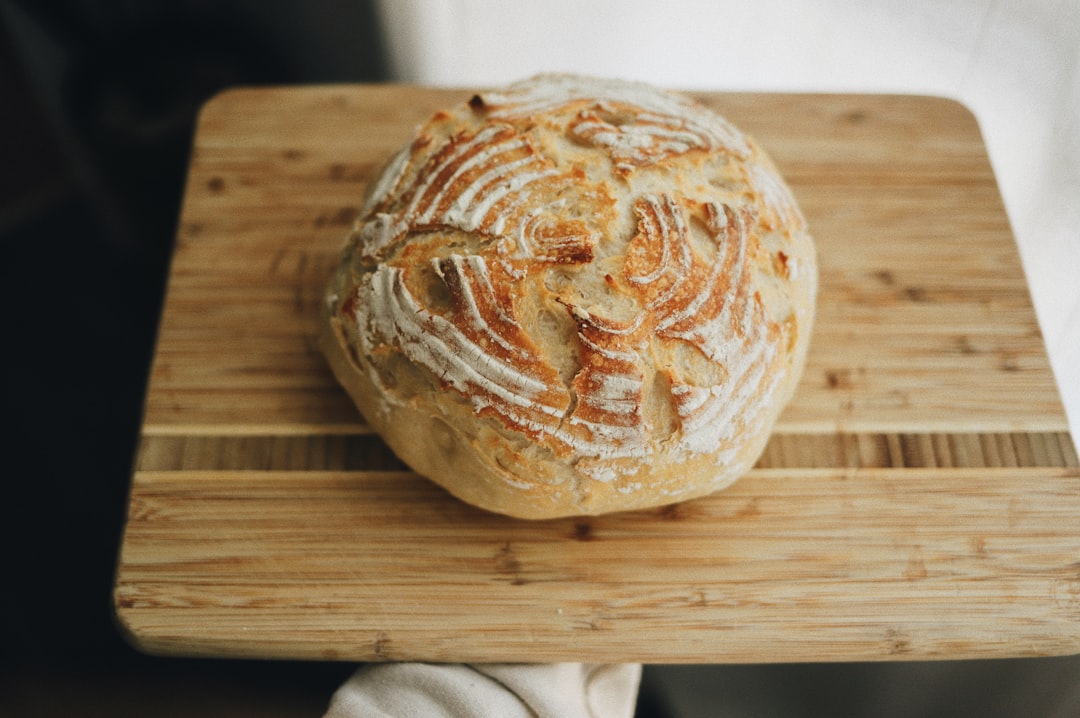There is something truly special about the aroma of freshly baked bread wafting through the kitchen. Whether you are an experienced baker or a novice in the world of bread making, there is nothing quite like the satisfaction of creating a loaf of homemade bread from scratch. If you have always wanted to try your hand at baking bread but didn’t know where to start, fear not! With these bread making tips and tricks, you will be well on your way to becoming a bread-baking pro in no time.
The first step in baking homemade bread is choosing the right recipe. There are countless recipes available online and in cookbooks, ranging from simple white bread to more complex sourdough loaves. For beginners, it is best to start with a basic recipe that requires minimal ingredients and equipment. Once you have mastered the basics, you can begin to experiment with different types of bread and flavor combinations.
When it comes to ingredients, quality is key. The fresher the ingredients, the better your bread will taste. Always use fresh yeast, flour, and water for the best results. Additionally, it is important to measure your ingredients accurately to ensure the perfect balance of flavors and textures in your bread.
One of the most important bread making tips and tricks is to knead the dough properly. Kneading is the process of working the dough with your hands to develop gluten, which gives the bread its structure and texture. To knead dough, simply fold the dough over itself and push it away from you with the heels of your hands. Repeat this process for about 10-15 minutes until the dough is smooth and elastic.
Another essential step in bread making is proofing the dough. Proofing is the process of allowing the dough to rise before baking. This allows the yeast to ferment and produce carbon dioxide, which creates air bubbles in the dough, resulting in a light and airy loaf of bread. To proof your dough, cover it with a damp cloth and let it rest in a warm, draft-free place for about an hour or until it has doubled in size.
Finally, when it comes to baking your bread, preheat your oven to the correct temperature and place a baking tray filled with water on the bottom shelf. This will create steam in the oven, which will help the crust of the bread to develop properly. Bake your bread for the specified amount of time, or until it is golden brown and sounds hollow when tapped on the bottom.
With these bread making tips and tricks, you are well on your way to mastering the art of homemade bread baking. So roll up your sleeves, dust off your apron, and get ready to impress your friends and family with your delicious homemade loaves of bread. Happy baking!

